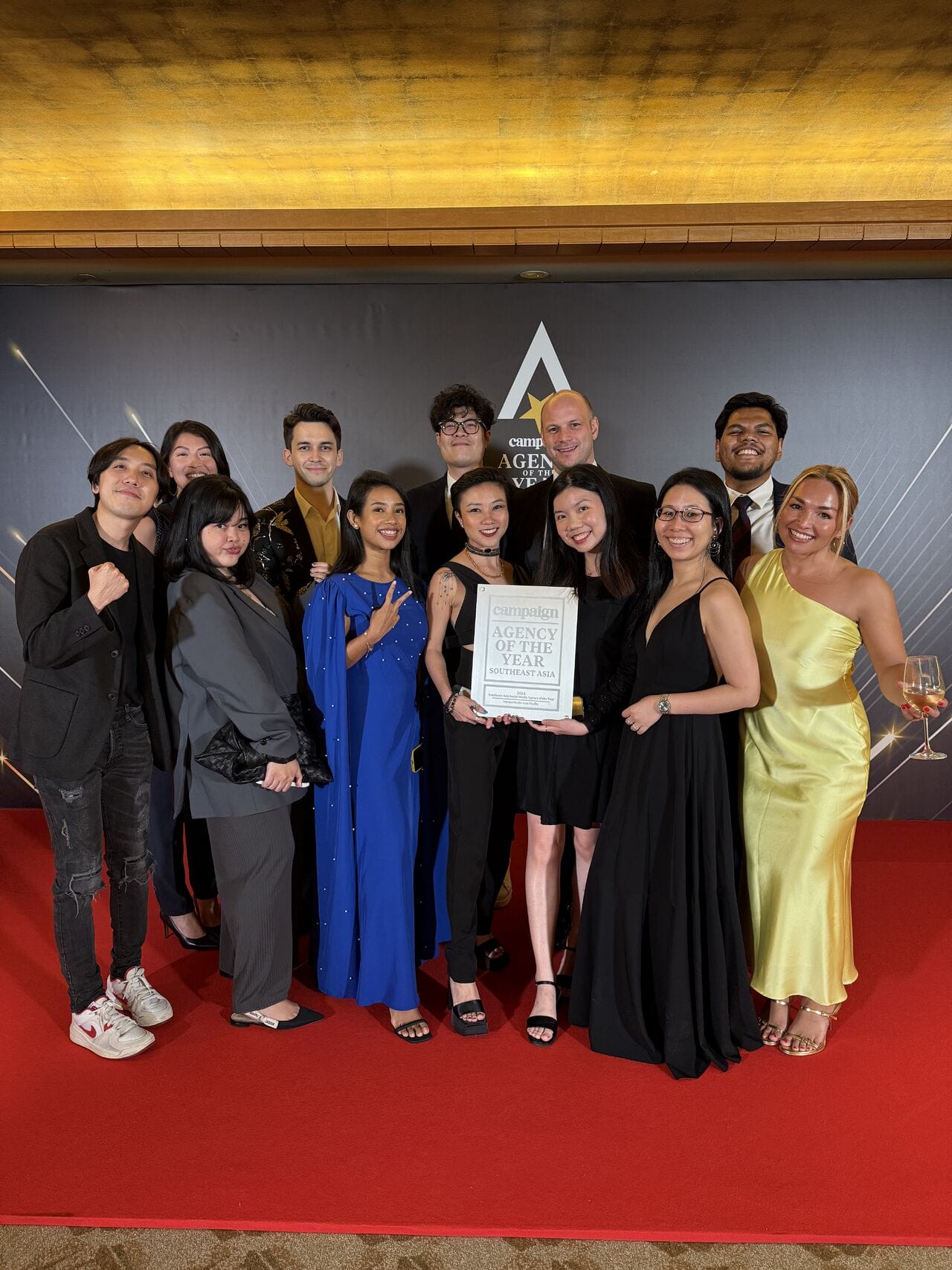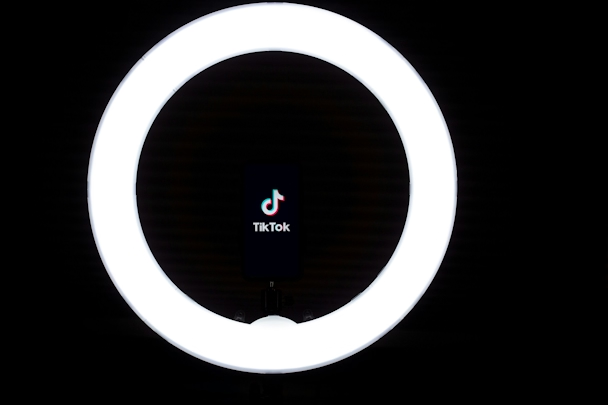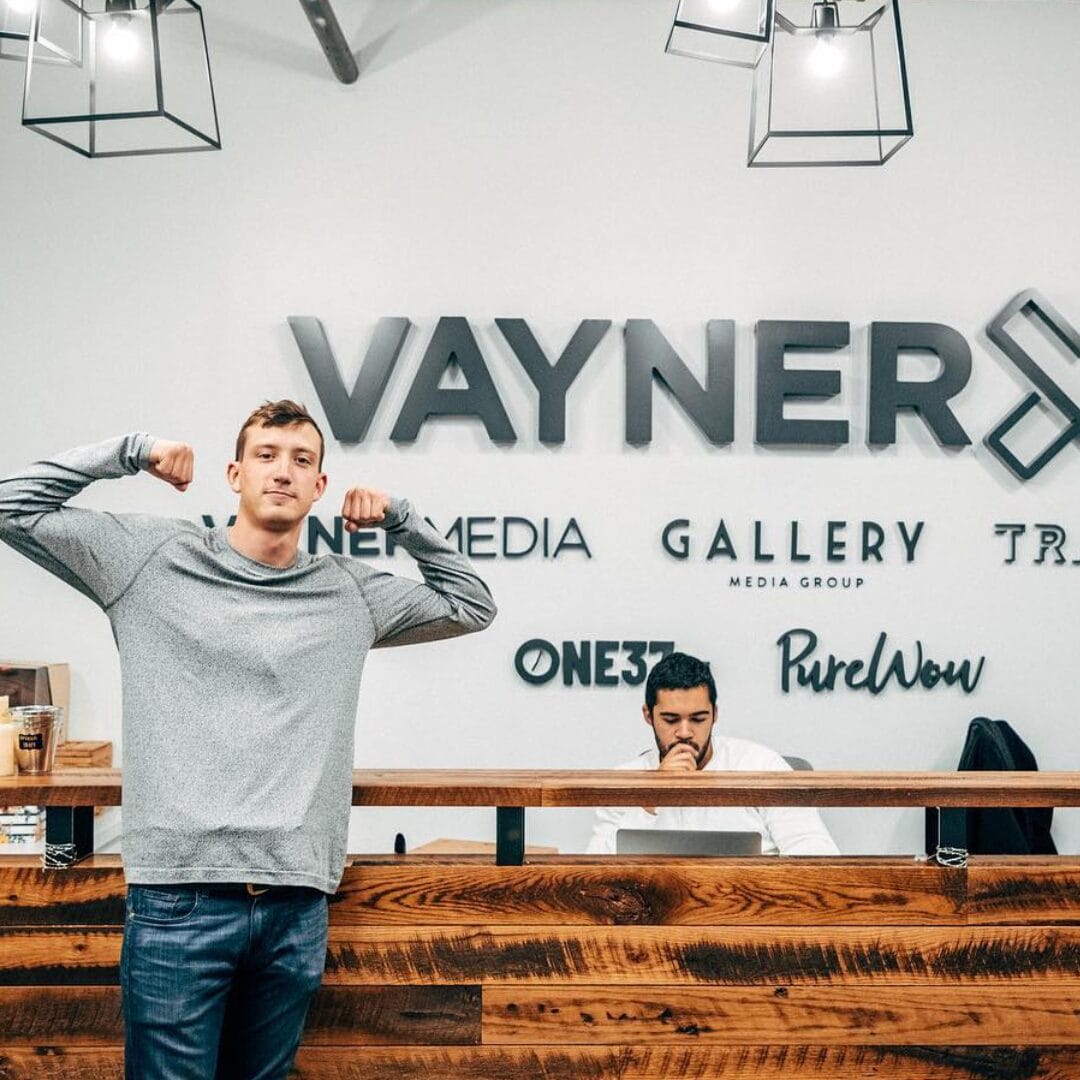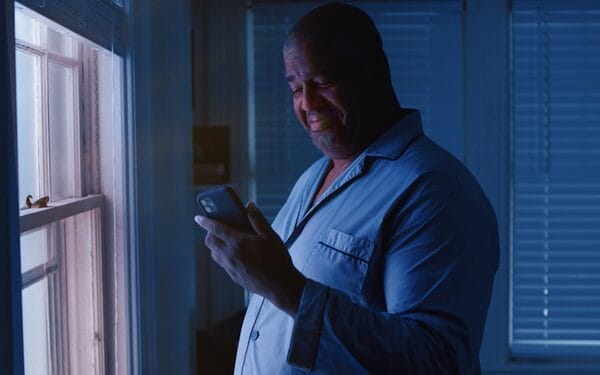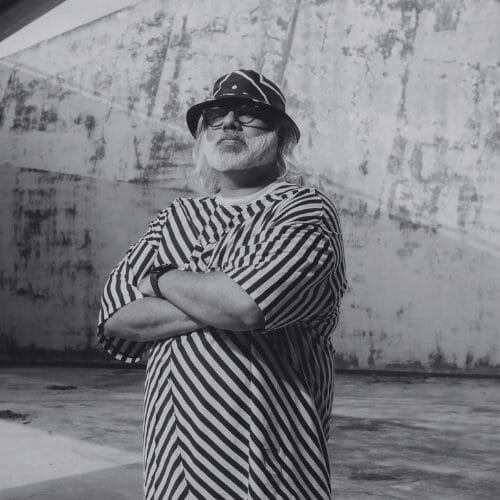We know why your LinkedIn posts aren’t performing, and it’s not the content.
When it comes to LinkedIn content strategy, most brands focus on headlines, copy, and targeting. But there’s one critical element hiding in plain sight that could make or break your post’s performance: the thumbnail.
Your thumbnail is the first thing people notice in a crowded LinkedIn feed. It’s your chance to grab attention and spark curiosity. But too often, brands overlook this small detail and miss out on a big opportunity to stand out.
Why Thumbnails Matter
On a platform like LinkedIn, where professionals scroll with intention, your thumbnail has a split second to grab attention. With LinkedIn’s growing emphasis on video content—such as the introduction of the ‘Recommended Video Tab’ and the option for users to display only videos under their profile’s activity sections—thumbnails have become even more critical.
LinkedIn allows you to add a custom thumbnail (still or GIF) for all videos. Thumbnails are crucial for many reasons, one of the most important being SEO. They’re viewable in key areas like the video tab on your profile and the recommended video shelf. In the shelf, the first video auto-plays, but others rely entirely on their thumbnails to drive engagement. This is why taking the time to create a GIF thumbnail can be especially effective in capturing attention.
When done right, thumbnails act as a mini billboard for your content, enticing professionals to pause, engage, and take action. A compelling thumbnail can:
- Drive curiosity and clicks.
- Establish professionalism and credibility.
- Make your brand stand out in a sea of sameness.

The Cost of Ignoring Thumbnails
Overlooking your thumbnail can lead to a mismatch between the quality of your content and how it’s perceived. A generic, poorly designed, or irrelevant thumbnail can lower engagement, even if the content itself is high-value. In a platform driven by algorithms, those missed clicks can push your post further down the feed, costing you visibility.
How to Create Thumbnails That Work
Here are a few tips to level up your LinkedIn thumbnails:
- Keep It Clear and On-Brand: Use visuals that align with your brand identity but avoid clutter. Simplicity is key.
- Use Faces or Eye-Catching Imagery: Thumbnails with people or bold, recognizable visuals tend to perform better.
- Add Text Strategically: A short, punchy phrase can amplify your message but don’t overdo it—your design should still feel clean.
- Test and Optimize: A/B test thumbnails to see what resonates most with your audience.
If you’re wondering how to add a thumbnail, it’s simple. When uploading a video on desktop (up to 15 minutes), click the video thumbnail icon and select “Upload Video Thumbnail.” From there, you can add a custom .png, .jpeg, or even a GIF to make your content pop.
By following these steps and creating intentional, eye-catching thumbnails, you’ll give your LinkedIn content the boost it deserves.
The Takeaway
Thumbnails aren’t just a “nice-to-have”; they’re a critical part of your LinkedIn content strategy. Treat them with the same care you give to your copy or targeting, and you’ll likely see a significant boost in engagement.
It’s time to stop overlooking thumbnails and start seeing them for what they are: a game-changer for your LinkedIn presence.
Hear from Brian Manno, our Senior Platform Associate, on why Thumbnails are your ticket to Linkedin success.


